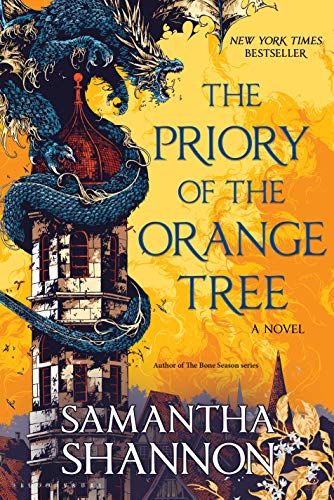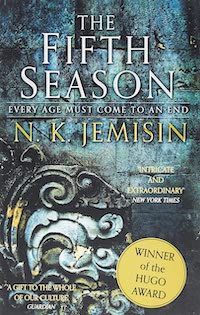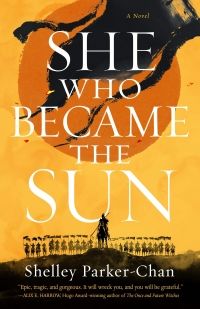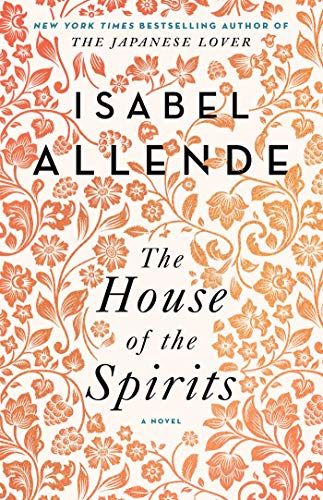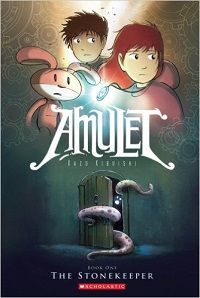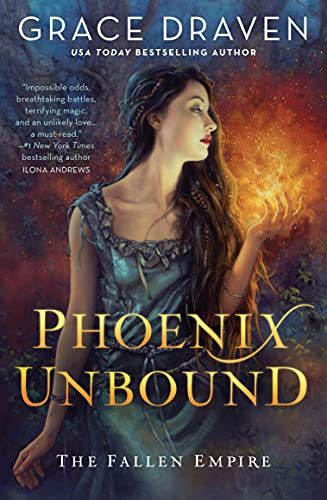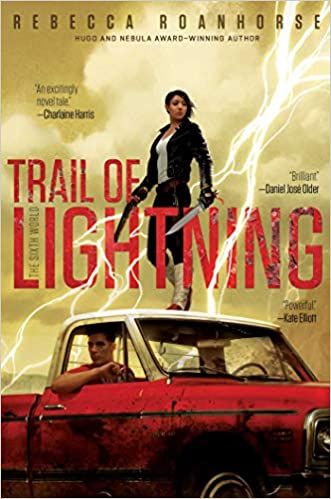Like my science fiction sub-genre primer, this primer will not cover every fantasy sub-genre that ever was. That would take eons. Even then, there would be sub-genres missing. Plus, so many lines blur and intersect when describing fantasy sub-genres. A single novel, a single short story, can be many sub-genres of fantasy, and that is a beautiful thing. The limits do not exist, y’all. Like my science fiction primer, this fantasy primer seeks to be a jumping off point for readers and writers seeking to explore this vast genre and all its offshoots. I will mention some classic examples, but I’m aiming to list a majority of contemporary examples. Those writing in fantasy today are redefining fantasy as much as redefining the sub-genres of fantasy. Classics are fun, they are roots in a way, but as readers, especially as writers, you need to stop and smell the new flowers. From my research, many definitions of fantasy are nebulous, and sometimes ignorant. I read one definition of fantasy that said it’s “mostly medieval.” For most encompassing, I think MasterClass’s definition was pretty good: I touched on this in my “What is Speculative Fiction” article. The line between fantasy and science fiction, and certain definitions of speculative fiction, often revolves around the question of whether it can exist (or might eventually exist) in the real world. Fantasy cannot occur in our world. It involves magic and/or the supernatural; it is beyond our world’s natural order. From “What Is the Fantasy Genre? History of Fantasy and Subgenres and Types of Fantasy in Literature” written by MasterClass Under that vast umbrella are sub-genres that are more specific in their magic, whether that revolves around the characters, setting, plot or all the above. Let’s tread into this ever-growing and wildly thick forest, shall we? There are many sub-genres under high fantasy as well, such as sword & sorcery, heroic fantasy, etc. For a deeper dive on high fantasy vs. low fantasy, check out Hannah VanVels’s excellent 2020 comparison article. Think Zen Cho’s The Sorcerer to the Crown, India Holton’s The League of Gentlewomen Witches, and Oliva Atwater’s Half a Soul. Like its name suggests, it is grounded in the real world, and includes magical elements, characters, and events. Unlike other fantasy genres — like high fantasy, where the magic is often described, defined, and discussed in minute depth — magical realism stories don’t often delve into the magical occurrences because they are accepted and part of this world. Many Latine authors were inspired by the indigenous mythologies and folklore of Latin America. Ilona Andrews is a renown author of paranormal fantasy, urban fantasy, and paranormal romance. In her Kate Daniels series, there are books in the series that are paranormal romance, but the main romance doesn’t take off until closer to book three and four. With that in mind, I’d define the series as paranormal and urban fantasy (most books take place in an alternate Atlanta, but some books take place elsewhere). While the romance between Kate Daniels and Curran is central and amazing, the conflict of Kate Daniels with her god-like magical father, I think, is more central to overall series. Feel free to debate, though because I love talking Kate Daniels. Portal fantasy is fun because it helps solve a lot of problems for authors while creating so many imaginative outcomes for the reader. And underneath the above sub-genres are many more sub-genres, mixing and matching with sub-genres from other genres as well. It’s fantasy all the way down, y’all! This beautifully complex genre will continue to evolve, and I can’t wait to see what stories we’ll be treated to in the coming years.
